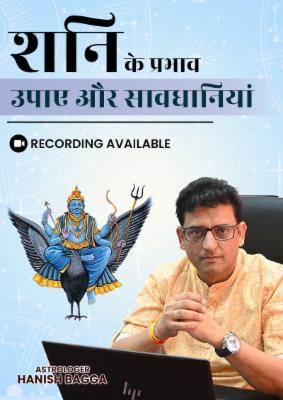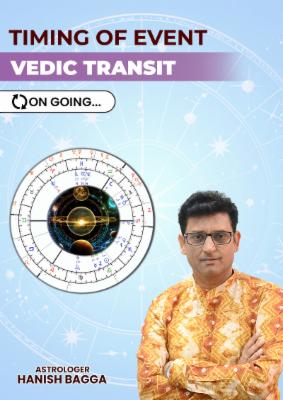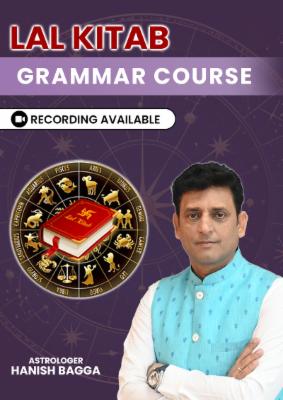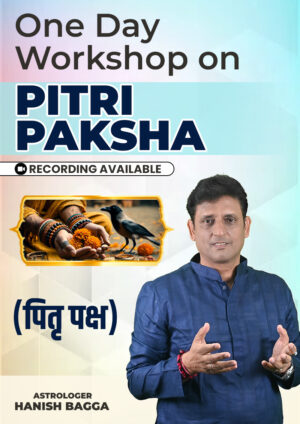Last Day of Navratri
As the vibrant festival of Navratri draws to a close, the last day holds special significance for devotees across India. This nine-night celebration, dedicated to the worship of Goddess Durga, culminates in a grand finale that marks the triumph of good over evil. In this blog post, we’ll explore how to celebrate the last day of Navratri with reverence, joy, and cultural richness.
The Significance of the Last Day
The final day of Navratri, also known as Vijaya Dashami or Dussehra, symbolizes the victory of Goddess Durga over the demon Mahishasura. This day represents the culmination of the goddess’s nine forms and the ultimate triumph of righteousness. Many believe that any new venture started on this auspicious day is bound to succeed.
Traditional Rituals and Customs
To celebrate the last day of Navratri, consider participating in these time-honored rituals:
1. Kanya Pujan: Worship nine young girls as manifestations of the goddess, offering them food and gifts.
2. Durga Visarjan: Immerse the idol of Goddess Durga in water, symbolizing her return to Mount Kailash.
3. Sindoor Khela: Married women apply vermilion to each other, celebrating marital bliss and sisterhood.
4. Ashok Leaves Exchange: Share Ashok leaves with loved ones as a symbol of protection and well-wishes.
Feasting and Food Offerings
No celebration is complete without a feast. On the last day of Navratri, indulge in a variety of traditional dishes:
- Prepare a special bhog (food offering) for the goddess, typically including sweets like kheer or halwa.
- Enjoy a festive meal with family and friends, featuring regional delicacies specific to your area.
- Break the Navratri fast with a sumptuous spread of both vegetarian and non-vegetarian dishes, depending on your customs.
Don’t forget to share your feast with the less fortunate, as acts of charity are considered highly auspicious during this time.
Cultural Performances and Celebrations
The last day of Navratri is often marked by grand cultural events:
- Attend or participate in Dandiya Raas or Garba dance performances.
- Watch Ram Lila enactments, depicting the story of Lord Rama’s victory over Ravana.
- Enjoy local music concerts featuring devotional songs and folk music.
These performances not only entertain but also help preserve cultural heritage and foster community bonds.
Dress Code and Attire
Dressing up is an integral part of Navratri celebrations. On the final day:
- Wear new clothes, preferably in auspicious colors like red, orange, or yellow.
- Women can adorn themselves with traditional jewelry and apply mehndi (henna).
- Men may opt for traditional attire like kurta-pajama or dhoti-kurta.
Remember, the goal is to look your best while respecting the cultural and religious significance of the occasion.
Spiritual Reflection and Gratitude
Amidst the festivities, take time for spiritual introspection:
- Meditate or chant mantras dedicated to Goddess Durga.
- Express gratitude for the blessings received during the nine days.
- Set intentions for personal growth and positive change in the coming year.
This spiritual focus helps align the celebration with its deeper purpose and meaning.
Community Gatherings and Events
Participate in community events to celebrate the last day of Navratri:
- Join processions carrying the goddess’s idol for immersion.
- Attend community prayers or aarti ceremonies at local temples.
- Participate in neighborhood clean-up drives as a form of seva (selfless service).
These activities strengthen community ties and create lasting memories of the festival.
Conclusion to Last Day of Navratri
As we celebrate the last day of Navratri, let’s embrace the spirit of unity, devotion, and joy that this festival embodies. Whether through rituals, feasts, performances, or quiet reflection, there are countless ways to mark this auspicious occasion. May the blessings of Goddess Durga guide us towards a path of righteousness and prosperity in the year ahead.
For interesting reels, follow us on Instagram
FAQs about Last Day of Navratri
Q1: What is the significance of the last day of Navratri?
Ans: The last day, known as Vijaya Dashami or Dussehra, symbolizes the victory of good over evil and marks the culmination of the nine-day worship of Goddess Durga.
Q2: How can I celebrate the last day of Navratri at home?
Ans: You can perform a puja, prepare special dishes, wear new clothes, and spend time with family while reflecting on the festival’s spiritual significance.
Q3: Are there any specific customs for breaking the Navratri fast?
Ans: Customs vary by region, but many people break their fast with fruits, sweets, or a full meal after performing the final day’s rituals.
Q4: Can non-Hindus participate in Navratri celebrations?
Ans: Yes, Navratri celebrations are often inclusive, and non-Hindus are generally welcome to participate in the cultural aspects of the festival.
Q5: What is the ideal gift to give on the last day of Navratri?
Ans: Traditional gifts include sweets, fruits, religious items like idols or prayer beads, or new clothes, depending on your relationship with the recipient.
Know more about astrology: acharyaganesh.com




















